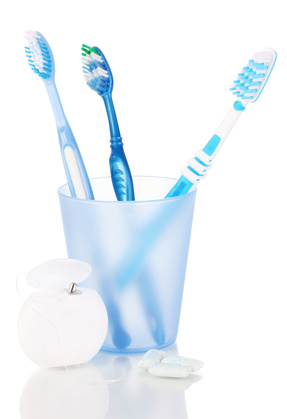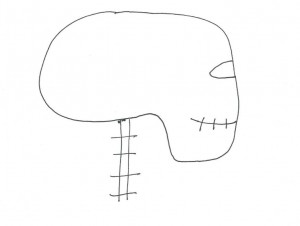One simple way to calm mind and body is to do a body scan. You can start from your head or your feet and can think this through in greater or lesser detail, depending on how much time you have. It’s a simple way to tune into the body at any time during the day. It’s also a great way to help settle down for a good night’s sleep as Chris Holt’s insomnia body scan describes. Here is a simple scan that you can run through; do adapt it for your own body:
- Feet: Become aware of your feet and include the sense of space between your toes
- Ankles: Think of olive oil trickling through your ankles
- Lower legs: Allow your calf muscles to relax, and the muscles at the side of your shins
- Knees: Our knees have fronts, backs and sides. Time for some more olive oil or WD40 to trickle through
- Upper legs: Tune into the front, back and sides of your thighs and release any tension
- Pelvis & hip joints: Think of some undoing in the ball and socket of your hip joint, untighten any tension in your buttock muscles
- Front of torso: Let your belly and solar plexus relax, think of opening across the belly and chest
- Back of torso: Think of the back lengthening and widening, releasing tension and tightness
- Arms: Allow the arms to flow out from the torso, thinking of them being long and lithe. Soften in the biceps and forearms
- Wrists and hands: Think of the wrists as being wide, the palms as being open and the fingers and thumbs being long
- Collar bones and shoulder blades: These have a natural width. If you’re upright, think of these as floating on top of the ribs
- Neck: Release any tension in your neck, imagine space between the bones and remember the neck has a front, back and sides
- Head: Visualise space at the head neck joint. Allow the head to be poised and balanced on the neck – still but not stiff
- Face: Soften and widen between the brows and bridge of the nose, soften the lips and think of space between the back teeth. Relax your tongue towards the base of your mouth, rather than pressing against the roof of the mouth.
See if you’re able to continue with this awareness and relaxation as you continue with your day.







